How to Transport Large Furniture in a Small Car
Transporting large furniture in a small car requires strategic planning. Utilize space optimization techniques, efficient loading strategies, and proper securing methods to ensure safe transport while maximizing vehicle capacity and protecting your items.
Furniture relocation can be a daunting task, especially when you are faced with the challenge of transporting large items using a small vehicle. Whether you are moving to a new home, rearranging your living space, or assisting a friend with their move, understanding the logistics of transporting furniture in a compact car is essential. This process involves careful planning, efficient use of space, and the implementation of safe transport methods.
By utilizing DIY moving solutions and employing effective loading techniques, you can successfully transport sofas, tables, and other large furniture without the need for a larger vehicle. It is crucial to measure the size of your furniture accurately to determine how best to fit it into your small car. Additionally, gathering the right moving supplies will ensure that your items are well-protected during the journey. In this guide, you will discover various tips and strategies for furniture relocation that will make your moving experience smoother and more efficient.
Understanding Vehicle Capacity
Understanding your small car’s vehicle capacity is crucial for transporting large furniture items safely and efficiently. Each vehicle has a specified weight limit, which is essential to consider when loading furniture; Exceeding this limit can affect your car’s performance and safety on the road. Consult your owner’s manual or the manufacturer’s specifications to know your vehicle’s maximum weight capacity.
Moreover, it’s important to consider the dimensions of your car’s cargo space. Measuring the interior space will help you determine what large items can fit and how they should be arranged. Ensure you take note of both height and width to maximize your loading options. Additionally, consider the configuration of your seats, as folding down seats can create more room for transporting large items like sofas or tables.
By understanding your small car’s capacity, you can make informed decisions about which furniture to take and how to arrange items for optimal space utilization. This knowledge will ultimately lead to a more organized and successful furniture relocation experience.
Measuring Furniture Size
Measuring furniture size accurately is a fundamental step when preparing to transport large items in a small car. Begin by using a tape measure to obtain the dimensions of each piece of furniture you plan to move; This includes not only the height, width, and depth but also any additional features such as legs, arms, or protruding elements that may affect how the item fits in your vehicle.
Once you have these measurements, compare them to the available cargo space in your small car. It’s essential to consider how the furniture will be positioned during transport. For instance, some items may require vertical positioning or tilting to fit securely. Jot down the measurements in a notebook for easy reference.
Additionally, take note of any narrow doorways or hallways you will pass through while moving the furniture. Understanding these dimensions will help you strategize the most efficient loading and unloading processes. Proper measuring will ultimately save you time and effort during your furniture relocation journey.
Small Car Tips for Moving Large Items
When it comes to moving large items in a small car, a few practical tips can make all the difference. First, prioritize disassembling furniture where possible. For instance, tables and bed frames often come apart, allowing for easier transport. This not only saves space but also reduces the risk of damage to your items and the vehicle.
Next, consider utilizing protective packing materials such as blankets or bubble wrap. These supplies provide padding and protection, ensuring that your furniture remains safe during transit. Additionally, it’s helpful to load heavier items first, as this will create a stable base and optimize your vehicle’s capacity.
Utilize creative storage solutions by placing smaller items inside larger pieces, like drawers in dressers. This maximizes your space and minimizes the number of trips required. Lastly, practice efficient loading techniques by angling items or using the vertical space within the car. Following these small car tips will lead to a smoother moving process, making large item transportation manageable and efficient.
Disassembling Furniture for Transport
Disassembling furniture is a vital step when preparing to transport large items in a small car. This process not only helps in saving space but also makes it easier to secure items during transit. Begin by identifying which pieces can be taken apart, such as tables, bed frames, and bookshelves. Use appropriate tools, like screwdrivers or Allen wrenches, to carefully remove screws and bolts.
When disassembling, keep all hardware in labeled bags to prevent losing any essential components. Take pictures of the assembly process, so you have a reference when reassembling your furniture at your destination. Label each part, such as legs or shelves, to make identification easier.
Consider the order of disassembly, starting with larger components and working your way down to smaller ones. This method will streamline the process and ensure you maximize your vehicle’s space. Additionally, wrapping disassembled parts in protective materials will prevent damage. By following these guidelines, you can efficiently transport large furniture items in a compact vehicle.
Packing Furniture: Techniques for Safety
Packing furniture safely is essential when transporting large items in a small car. Start by gathering necessary moving supplies such as blankets, bubble wrap, and packing tape. These materials will provide adequate cushioning and prevent damage during transit. Begin by wrapping fragile surfaces like glass or mirrors with bubble wrap, ensuring they are completely covered to avoid scratches.
For larger items, use moving blankets to provide a protective layer. Secure the blankets with packing tape to keep them in place. When packing furniture, consider using corner protectors for items with sharp edges, as these can easily damage other pieces during movement.
Additionally, ensure that heavy items are loaded first, creating a stable base. Strategically position lighter items on top to prevent crushing. Use straps or ropes to secure packed furniture within the vehicle, minimizing movement while driving. By employing these techniques, you can ensure your furniture is well-protected, allowing for a safe and successful transport experience.
Padding and Protection for Safe Transport
When transporting large furniture in a small car, ensuring adequate padding and protection is crucial for preventing damage. Start by gathering high-quality protective materials, such as moving blankets, bubble wrap, and foam padding. These items will cushion your furniture and absorb shocks during transit, safeguarding against bumps and jolts.
Wrap each piece of furniture individually, focusing on vulnerable areas like corners and edges. For example, use bubble wrap around glass surfaces and foam padding on wooden edges. Securing these materials with packing tape will keep them intact throughout the journey.
Additionally, consider utilizing shrink wrap for added protection, especially for items with multiple components. This method keeps everything tightly secured, preventing disassembly during transport. If possible, place heavy items on the bottom and lighter ones on top, ensuring stability.
Finally, remember to check your vehicle’s cargo area to ensure that all items are snugly fit and won’t shift while driving. By prioritizing padding and protection, you can achieve a safe and successful furniture transport experience.
Loading Techniques for Efficient Use of Space
Efficient loading techniques are essential when transporting large furniture in a small car, maximizing the available space while ensuring safety. Start by organizing your furniture items based on size and weight. Heavier pieces should be loaded first, creating a stable foundation to prevent shifting during transit. This approach also optimizes vertical space, allowing you to stack lighter items on top.
Utilize the vehicle’s interior cleverly by angling larger items, such as sofas or mattresses, to fit them better. When possible, disassemble furniture to reduce overall size and make loading easier. Place smaller items inside larger ones, like storing cushions within the sofa or packing smaller boxes inside dressers.
Employ proper loading techniques by using straps or ropes to secure items in place, preventing movement while driving. This not only protects your furniture but also ensures your safety on the road. Finally, take a step back to assess the loaded car before departing, making adjustments as needed for balance and stability.
Securing Items During Transport
Securing items during transport is crucial when moving large furniture in a small car to ensure safety and prevent damage. Start by utilizing high-quality tie-down straps or ropes to firmly secure each piece of furniture within the vehicle. Place the heaviest items on the bottom and use the weight to stabilize lighter pieces placed on top. This arrangement will help maintain balance and prevent shifting while driving.
Additionally, consider using non-slip mats or rubberized grip pads underneath the furniture. These materials provide extra friction and help keep items in place, reducing the risk of sliding during transit. Make sure to check that all items are snugly fit, leaving no gaps that might allow movement.
For larger items, such as sofas or tables, ensure they are pressed against the sides of the vehicle. Use additional padding, such as moving blankets, around the edges to absorb shocks and protect the furniture. Finally, regularly inspect the load during breaks, making adjustments as necessary to maintain secure transport throughout your journey.
Creative Storage Solutions in a Compact Car
When it comes to transporting large furniture in a small car, creative storage solutions can maximize space and enhance efficiency. Begin by utilizing every nook and cranny of your vehicle. For example, consider placing smaller items inside larger pieces of furniture, such as cushions within sofas or smaller boxes inside dressers. This method not only saves space but also protects delicate items during transit.
Additionally, think about disassembling furniture, as taking apart components allows for better organization and space optimization. Store disassembled parts in the car’s trunk or backseat, ensuring they are neatly arranged and secured with straps to prevent movement.
Using vacuum storage bags for soft items like linens or blankets is another effective solution, as these bags compress items, freeing up valuable space. Lastly, consider utilizing the vertical height of your vehicle by stacking lighter, sturdier items on top of each other. By implementing these creative storage solutions, you can effectively transport large furniture in your compact car without sacrificing safety or organization.
Efficient Moving Strategies for DIY Solutions
When transporting large furniture in a small car, efficient moving strategies are essential for a successful DIY experience. First, plan your route and timeline carefully to ensure you have adequate time for loading and unloading. Create a checklist of items to move, prioritizing based on size and weight, to streamline the process.
Utilize your network by enlisting the help of friends or family members. Having extra hands can significantly speed up the moving process, making it easier to maneuver heavy items in and out of the vehicle. Additionally, consider employing a dolly or furniture sliders to help lift and transport large pieces more easily.
Before loading, disassemble any furniture that can be taken apart to maximize space and minimize damage. Employ efficient packing techniques, such as stacking and nesting items, to fully utilize your car’s cargo area. Finally, familiarize yourself with local regulations regarding moving, ensuring compliance with any restrictions that may apply. By following these strategies, you can successfully transport large furniture with ease.
Small Vehicle Logistics: What You Need to Know
Understanding small vehicle logistics is essential when transporting large furniture. Start by familiarizing yourself with your car’s specifications, including weight limits and cargo space dimensions. Knowing these details will guide your decisions about what furniture can be transported and how to arrange it effectively.
Before moving day, assess your furniture size and weight. This assessment will help you determine whether you need additional equipment, like moving straps or a dolly, to facilitate the process. Additionally, check local regulations regarding parking and unloading, ensuring that you have a designated area for loading and unloading your items.
Consider the best time for moving to avoid traffic congestion that could complicate the transport process. During loading, take care to distribute weight evenly in the vehicle to maintain balance, which is crucial for safety while driving. Finally, prepare for potential challenges, such as tight turns or narrow spaces, by practicing your loading and unloading techniques beforehand. Awareness of these logistics will lead to a smoother, more successful furniture transport experience.
Utilizing effective loading techniques and securing items properly will help maintain stability, reducing the risk of damage. Creative storage solutions can also maximize your vehicle’s cargo area, making it easier to fit everything you need. As you implement these strategies, remember that having a solid plan and enlisting help from friends can streamline the process significantly.
Finally, being aware of small vehicle logistics, such as weight distribution and local regulations, will enhance your overall moving experience. By prioritizing safety and organization, you can navigate the challenges of transporting large furniture in a compact car, ensuring a smooth and successful relocation process for all your valuable items.
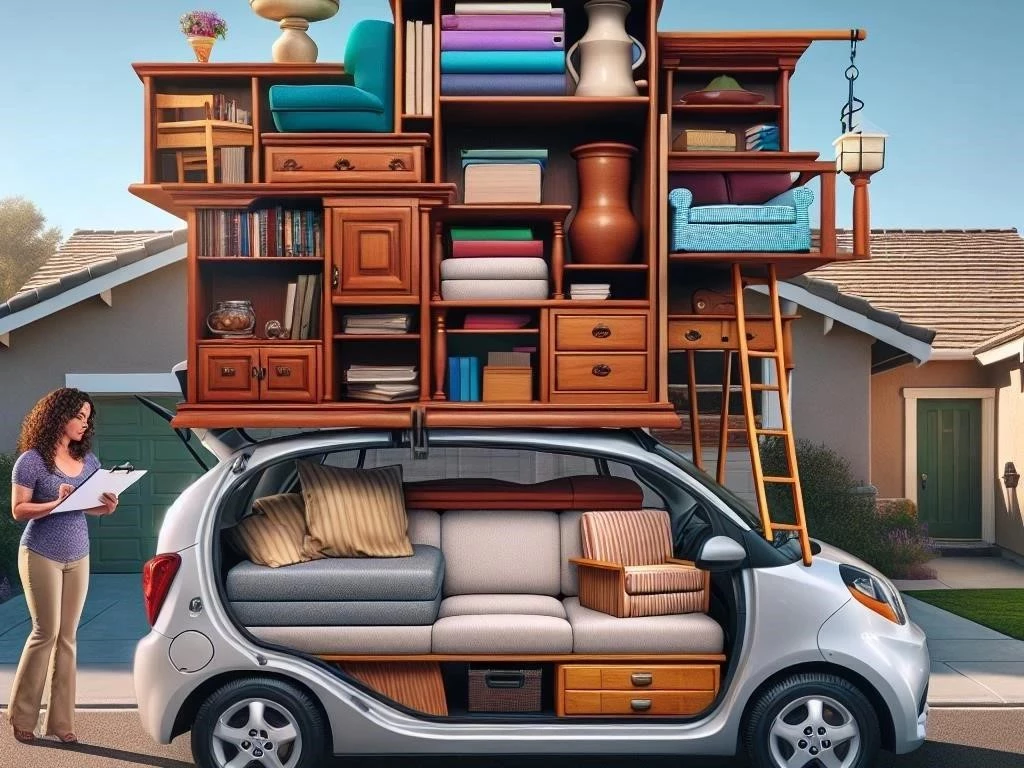
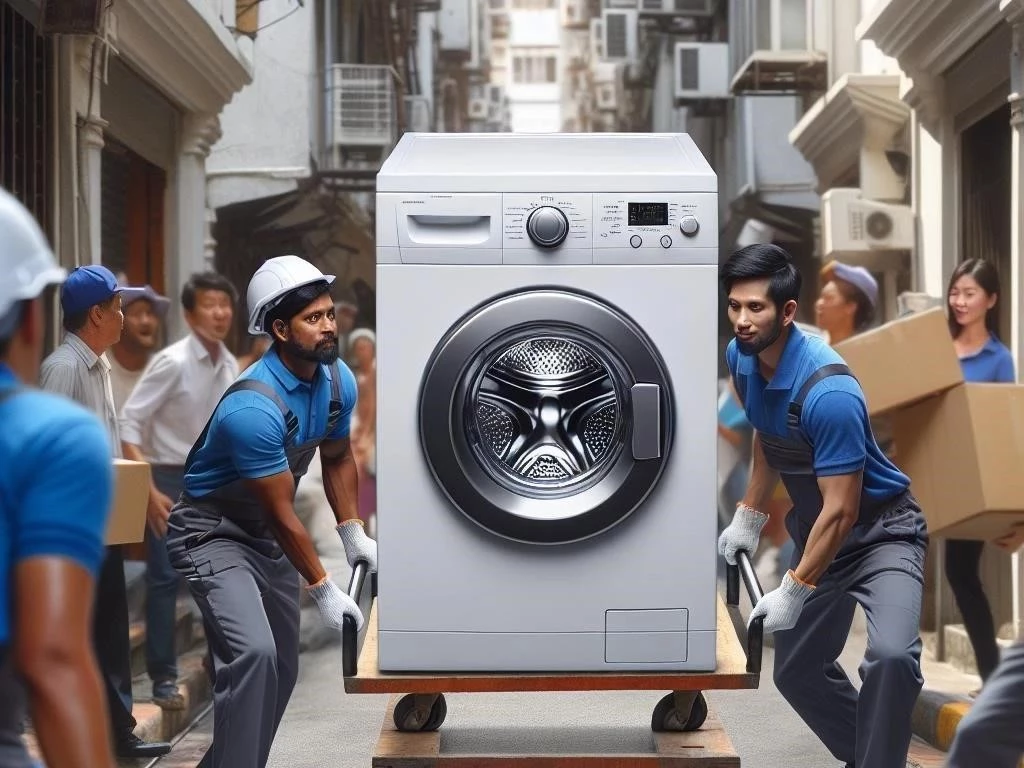
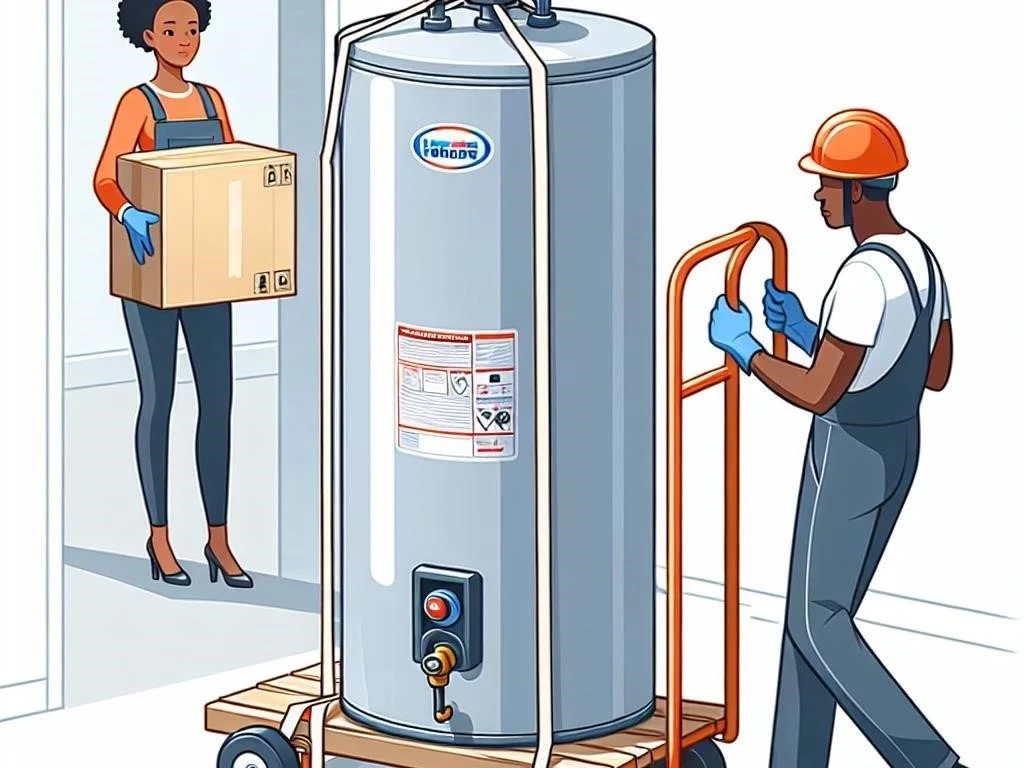

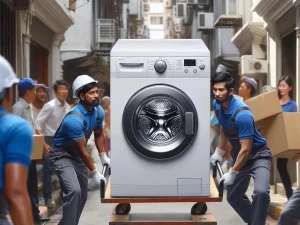




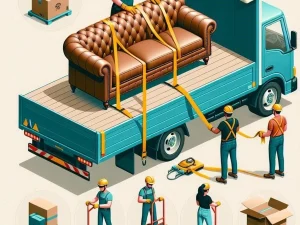
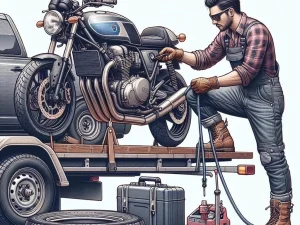
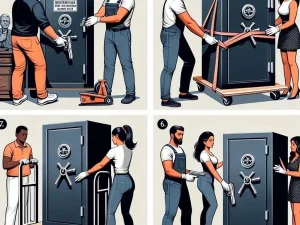


Post Comment